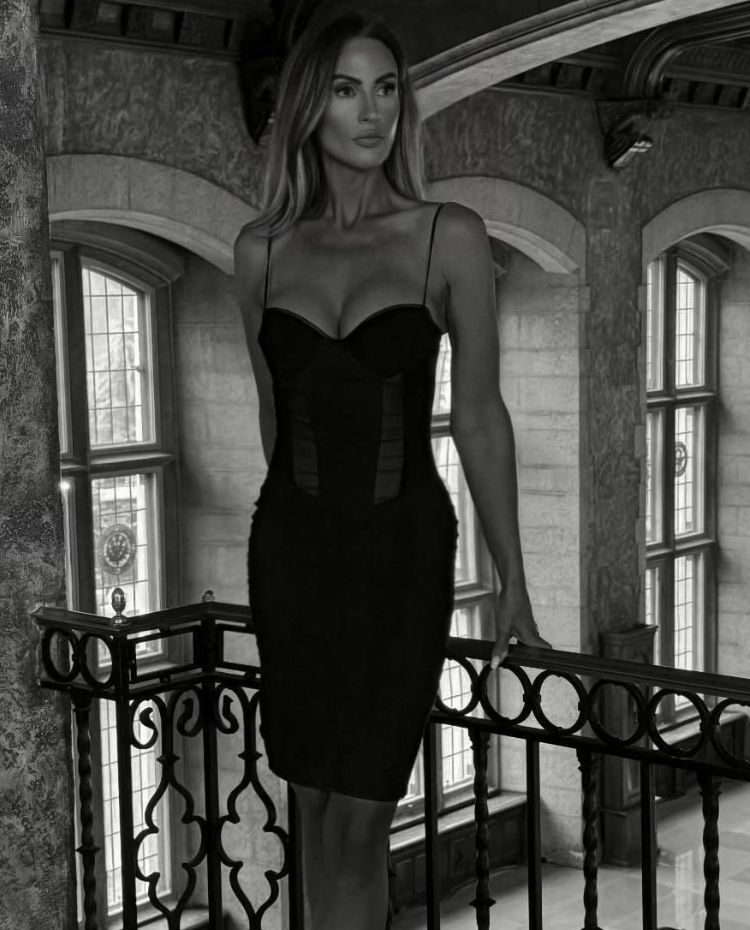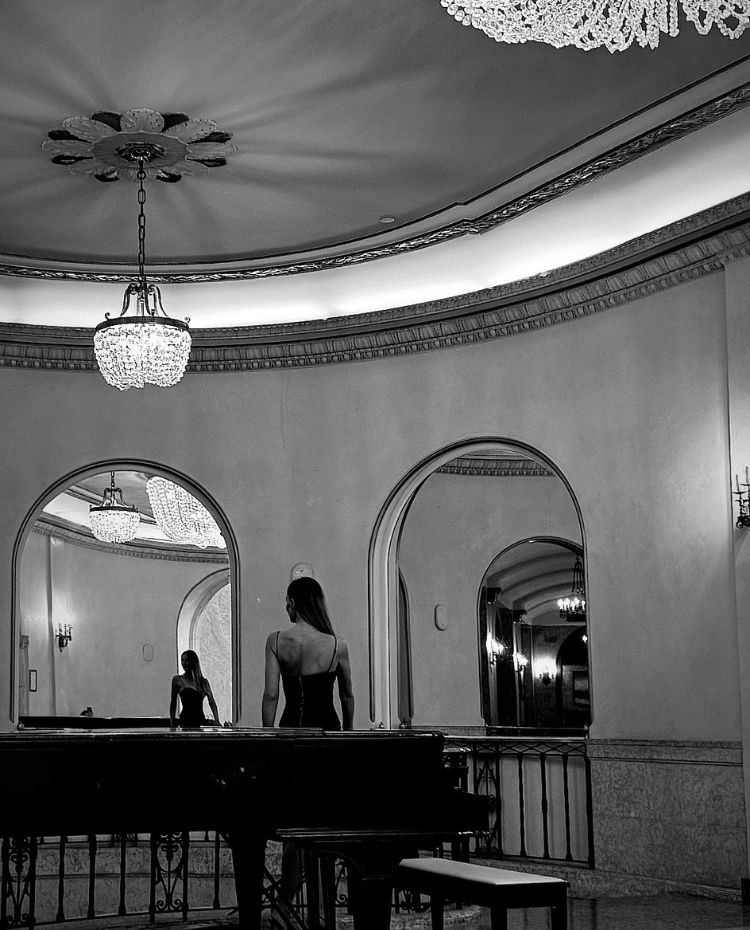Jodi Yanick: The Art of Design as Cultural Storytelling

In a world where design is often reduced to surface aesthetics, Jodi Yanick reaches for something deeper: the translation of space into lived experience. Based in Canada, yet drawing inspiration from architecture, fashion, and global culture, Yanick approaches design as a balance between elevated beauty and enduring function.
With over two decades of experience in interior design, she is known for creating spaces that feel both intentional and personal spaces that quietly reflect the people who live in them. For her, design is not just about style it is a form of cultural storytelling.
In this conversation, Jodi Yanick shares how fashion has shaped her aesthetic eye, why sustainability matters, and how she cultivates wellness and personal harmony in a demanding creative life. A portrait of a woman who doesn’t simply design, she creates atmosphere, memory, and meaning.
Q: What was the moment you realized that interior design is not just about aesthetics, but about shaping lives much like fashion shapes the body?
A: It wasn’t a single moment it was a shift I started to feel in my work. The way a space could either support a person or quietly diminish them. Fashion taught me that how something fits changes how we move. Interior design is no different. When a space reflects someone’s rhythm, when it gives them clarity, calm, or strength it stops being decoration. It becomes part of their life.
Q: How would you describe your personal design language? Are there principles or elements that remain constant across every project, regardless of the client or context?
A: My design language is grounded in structure and calm. I’m drawn to proportion, natural materials, and light that moves through a space with intention. There’s always contrast masculine lines softened by texture, strength balanced by ease. I’m not interested in loud statements. I care about how a space holds you, quietly without needing to perform.
Q: The relationship between designer and client is unique. How do you approach new collaborations to truly understand not just a client’s needs, but their personality and rhythm of life?
A: I listen carefully especially to what isn’t said. What people repeat. What they avoid. The pace of their day. It’s less about collecting preferences and more about sensing who they are and what supports them. The best collaborations aren’t just stylistic they reflect a rhythm that already exists, even if the client hasn’t named it yet.

Q: Where do you draw your inspiration from? Is the Canadian landscape a quiet influence in your work, or are your ideas more driven by international and urban references?
A: I’m deeply affected by light how it moves, how it lands. The Canadian landscape has taught me stillness and restraint. But I also respond to structure and elegance what you find in certain European interiors and fashion houses. My inspiration is less about geography and more about coherence. What holds. What endures. What moves you without needing to shout.
Q: Everyone today speaks about sustainability. How do you define a ‘sustainable’ space and to what extent do you believe this concept can truly coexist with luxury?
A: To me, sustainability is about longevity materials that age beautifully, layouts that adapt over time, decisions made with intention. Luxury and sustainability can absolutely coexist when beauty isn’t disposable. When you design with care for function, feeling, and future what you create lasts.
Q: A well-designed space can impact mood, productivity, even relationships. Do you believe design carries a responsibility beyond beauty?
A: Yes. Beauty alone isn’t enough. Design holds people it either supports life or subtly resists it. When a space works, you feel it immediately. There’s ease, clarity, alignment. It’s not just about how it looks it’s how it allows people to live better, more connected lives.
Q: What does your ideal personal space look like not as a designer, but as a human being? What must a room have to recharge and inspire you?
A: My ideal home is calm, considered, and intentionally designed. Light moves through it with purpose, and everything has meaning stone, wood, and structure that brings clarity without feeling rigid.
It’s a home built for real life. A kitchen that invites Sunday dinners. Space to gather, to host, to slow down. A layout that supports the rhythm of family.
Wellness is built into how the home functions. And the architecture matters.
Some moments aren’t meant to be staged just felt in passing, like being kissed in an archway.
A home should work beautifully. It should hold people well and make space for what matters most.

Q: How do you balance the need to stay current with materials, palettes, and visual codes and the desire to create spaces with longevity, substance, and character?
A: I stay aware of what’s evolving, but I don’t follow trends. My focus is on proportion, materiality, and the feeling a space holds over time.
Design with longevity isn’t neutral, it’s intentional. I’ll use a palette or a texture if it contributes to the overall clarity of the space, not because it’s current. Character comes from discipline knowing what to include and when to stop.
The spaces I create are meant to last. They should feel grounded now, and even better ten years from now.
Q: How do you see the style of the modern woman today? Is she more drawn to minimalism, boldness, or a personal hybrid of both? And how does that inform your design choices when creating for female clients?
A: The modern woman knows herself. She doesn’t follow a single aesthetic—she curates what reflects her life. Some clients are drawn to restraint, others to bold contrast, but most live in between minimal, but never blank. Edited, but personal.
What I look for is coherence. If a space reflects the way a woman dresses, moves, and lives, it’s going to feel right regardless of style.
Q: As someone with roots in fashion, how do you believe a woman’s personal style translates into the way she lives? Do you find parallels between a woman’s wardrobe and the interior spaces she feels most herself in?
A: A woman’s space should feel like her favorite dress, effortless, personal, and quietly powerful. The kind of space where she exhales. Where the light lands just right. Where she can move barefoot, but still feel beautiful.
Fashion taught me how to shape a silhouette, but also how to carry myself—how confidence is often quiet. Design is the same. It’s not just about taste. It’s about how you want to feel in your own life.
When a woman’s style and her space are aligned, she doesn’t have to explain herself. You feel it in how she moves. And you remember her.

